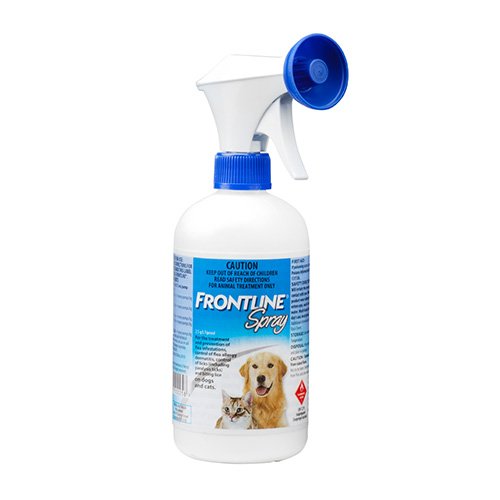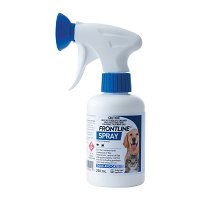Shipping Fee
A few products under the categories including 'Accessories', 'Coats & Clothing' and 'Bed' are shipped separately by our shipping partners.
Standard shipping charges based on the product weight and shipping location shall be applicable to these products.
The shipping fees will be calculated before checkout
Goods Returned to Sender
In cases where goods are returned to the sender, such as non-collection, incorrect address, refusal, or carrier error, no restocking fee will be applied. The shipping charges for your order will be refunded only if VetSupply or the carrier is responsible for non-delivery.
Change of Mind Returns
Change of mind returns will be subject to a 10% restocking fee, and the shipping portion of your order is non-refundable.
We understand that returning a product can be frustrating, but we are unable to accept returns for change of mind under the following circumstances:
- The product has been removed from its original packaging.
- Labels or seals on the product have been tampered with or removed.
- The product has clear signs of use, damage, or is soiled.
- The product contains food or medication.
- The end customer received the product more than 14 days ago.
Damaged or Incorrect Goods
Any goods that are sent incorrectly or arrive damaged will be replaced at VetSupply's expense. We will uphold our warranty obligations as defined under Australian consumer law. Please contact us regarding any warranty claims, and we will arrange pickup and replacement of the product in accordance with the manufacturer's warranty conditions.
We cannot accept warranty returns for pet accessories that have been damaged by an animal unless a manufacturing fault can be identified with the product. Such claims will be forwarded to the product manufacturer for investigation before accepting a return or replacement.
Returning a Product
Prior to initiating a change of mind return, please contact VetSupply. Goods should be sent to the following address:
Returns, 1/106-108, Station Road, Seven Hills, NSW 2147
Customers are responsible for the shipping costs associated with returning goods, except in cases where VetSupply has agreed to cover return postage costs due to an error on our part. Please note that VetSupply assumes no responsibility for loss or damage during the return transit.
Product refunds will be credited to the original payment method used for the purchase.
Cancelling an Order
Please get in touch with us promptly if you need to cancel an order, as orders cannot be refunded once they have been dispatched from our warehouse.



























































_11132025_205157.png)


















